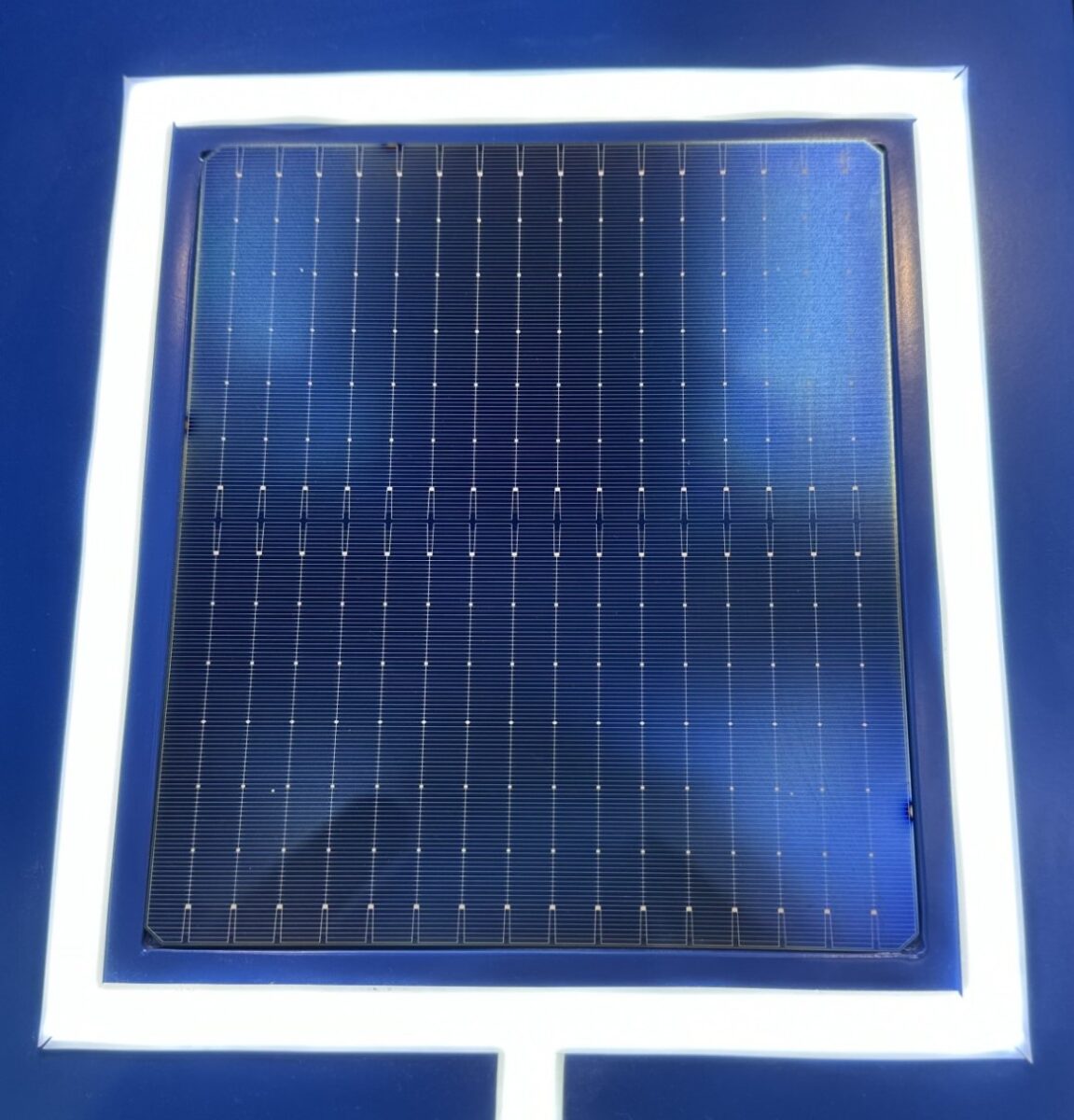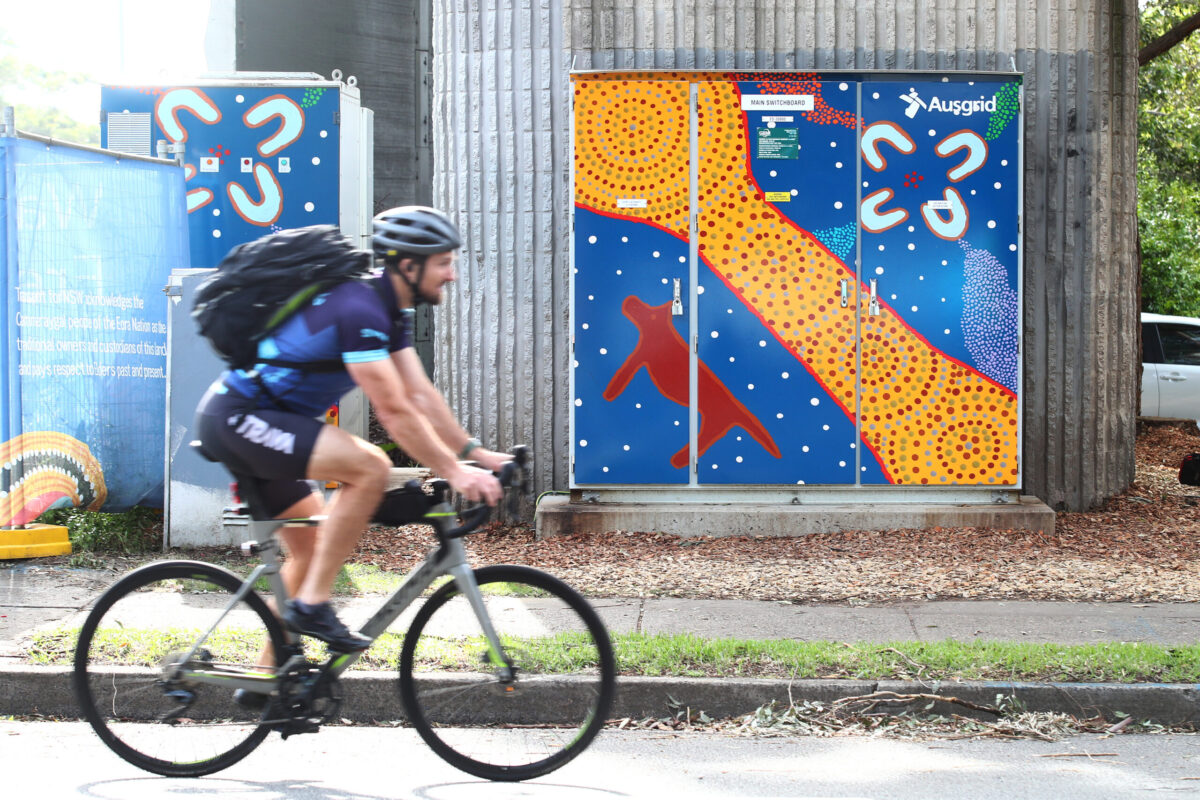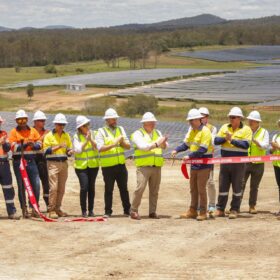A new collaborative study between six universities, including three in Australia have published breakthrough findings demonstrating how the ionic compound caesium bromide (CsBr) can dramatically improve the efficiency of crystalline silicon (c-Si) solar cells.
Researchers from the University of Melbourne in Victoria, the University of New South Wales (UNSW) and the Australian National University (ANU) in the Australian Capital Territory (ACT), with scientists based in China, the Netherlands and Germany, found by using CsBr as an interlayer more effective passivating contacts are created.
They demonstrated that a variety of thin, ionic interlayers can create a low-resistance Ohmic contact in solar cells finding CsBr performed exceptionally well, especially when combined with a passivating layer like titanium oxide (TiOx).
“After annealing at 250°C, the device’s passivation quality and work function were further improved. This optimised structure was used to create a solar cell with an efficiency of over 19% in its as-deposited state, which increased to an impressive 20.5% after annealing,” the researchers say.
The study suggests future improvements could focus on enhancing the passivation quality of the layers and using more reflective materials like silver (Ag) to boost optical performance.
The discovery addresses the challenge in the design of conventional passivating contacts, like amorphous silicon and polysilicon, while being effective to absorb light reduces efficiency.
By contrast, the new CsBr approach allows for greater light absorption, the researchers say.
The team, which includes researchers from Nanchang Hangkong University, China, Eindhoven University of Technology, The Netherlands and Helmholtz-Zentrum Berlin, Germany built a laboratory-scale solar cell that integrated the new CsBr layer and achieved the record-breaking efficiency.
“We were able to demonstrate an efficiency >20% on a laboratory-scale solar cell that implements the TiOx/CsBr/Al stack as full-area rear-side electron selective contact,” the scientists say.
The research findings paper, called Electron contact interlayers for low-temperature-processed crystalline silicon solar cells, is published in solar energy journey, Progress in Photovoltaics.
This content is protected by copyright and may not be reused. If you want to cooperate with us and would like to reuse some of our content, please contact: editors@pv-magazine.com.









By submitting this form you agree to pv magazine using your data for the purposes of publishing your comment.
Your personal data will only be disclosed or otherwise transmitted to third parties for the purposes of spam filtering or if this is necessary for technical maintenance of the website. Any other transfer to third parties will not take place unless this is justified on the basis of applicable data protection regulations or if pv magazine is legally obliged to do so.
You may revoke this consent at any time with effect for the future, in which case your personal data will be deleted immediately. Otherwise, your data will be deleted if pv magazine has processed your request or the purpose of data storage is fulfilled.
Further information on data privacy can be found in our Data Protection Policy.